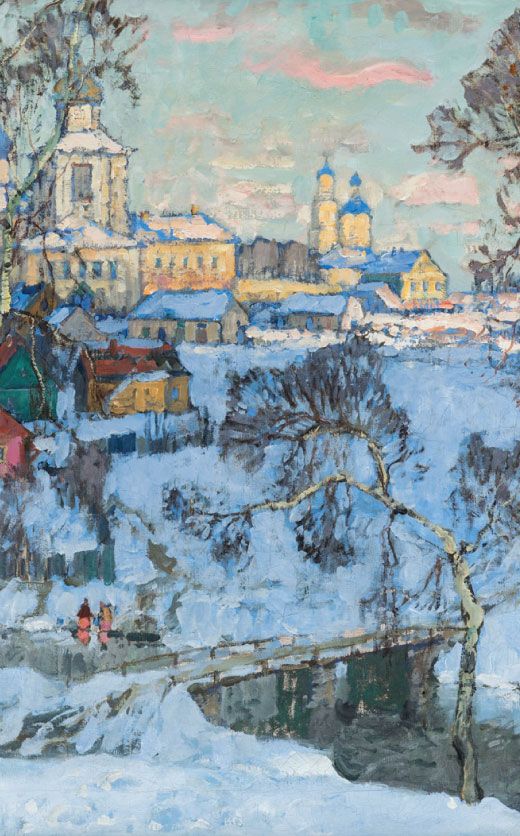Exhibited Papua New Guinea Massim Wave Splitter, Tabuya
Lot 5
About Seller
Artemis Fine Arts
686 S Taylor Ave, Ste 106
Louisville, CO 80027
United States
Selling antiquities, ancient and ethnographic art online since 1993, Artemis Gallery specializes in Classical Antiquities (Egyptian, Greek, Roman, Near Eastern), Asian, Pre-Columbian, African / Tribal / Oceanographic art. Our extensive inventory includes pottery, stone, metal, wood, glass and textil...Read more
Categories
Estimate:
$2,500 - $4,500
Absentee vs Live bid
Two ways to bid:
- Leave a max absentee bid and the platform will bid on your behalf up to your maximum bid during the live auction.
- Bid live during the auction and your bids will be submitted real-time to the auctioneer.
Bid Increments
| Price | Bid Increment |
|---|---|
| $0 | $25 |
| $300 | $50 |
| $1,000 | $100 |
| $2,000 | $250 |
| $5,000 | $500 |
| $10,000 | $1,000 |
| $20,000 | $2,500 |
| $50,000 | $5,000 |
| $100,000 | $10,000 |
| $200,000 | $20,000 |
About Auction
By Artemis Fine Arts
Aug 22, 2025
Set Reminder
2025-08-22 10:00:00
2025-08-22 10:00:00
America/New_York
Bidsquare
Bidsquare : Indigenous Art - Ralph T. Coe Center, Santa Fe, NM
https://www.bidsquare.com/auctions/artemis-gallery/indigenous-art---ralph-t-coe-center-santa-fe-nm-20324
Featuring works of art from the Ralph T. Coe Center for the Arts in Santa Fe, New Mexico, a non-profit focused on promoting Indigenous Arts globally. All proceeds from the sale of these items will support future grants to Rehoming Program participants. Artemis Fine Arts info@artemisfinearts.com
Featuring works of art from the Ralph T. Coe Center for the Arts in Santa Fe, New Mexico, a non-profit focused on promoting Indigenous Arts globally. All proceeds from the sale of these items will support future grants to Rehoming Program participants. Artemis Fine Arts info@artemisfinearts.com
- Lot Description
Oceania, Melanesia, Papua New Guinea, Massim peoples, ca. early 20th century CE. An impressive early 20th century Massim tabuya, or wave splitter, carved from a single piece of wood and once mounted to the bow or stern of a great nagega Kula canoe. This dynamic, boomerang-shaped form features intricate openwork carving on both sides, its sweeping curves and coiled motifs painted in the traditional palette of red, black, and white pigments derived from natural materials. The design is dominated by swirling scrolls and the doka motif - an imagined creature often interpreted as a hybrid of bird and serpent - which serves both as decoration and as a structural framework for the design. The tabuya was mortised into the canoe nose beneath the lagim (splashboard), functioning structurally as a brace while visually announcing the canoe's prestige and the skill of its carver. Size: 33" L x 1.5" W x 14.6" H (83.8 cm x 3.8 cm x 37.1 cm)
Often incorporating bird imagery, such as the frigate bird, these designs evoked supernatural protection and reflected the canoe's prowess on the sea. In Massim society, canoes were status symbols, much like fine vessels of state or luxury craft elsewhere, and a beautifully carved prow ornament was both a badge of honor and a tool of persuasion during the highly ritualized Kula trade expeditions.
As the canoe cut through the waves, the tabuya not only deflected spray but also presented a mesmerizing visual display, intended to "soften the minds" of trade partners and secure favorable exchanges. The motifs, with their spiraling energy, are deeply rooted in Massim maritime cosmology, evoking the motion of waves, the coiling of sea creatures, and the harmony between ocean travel and the supernatural. This example, with its elegant carving and traces of original pigment, is a fine survivor from the height of Kula voyaging in the early 20th century.
This piece was exhibited at the Wheelwright Museum of the American Indian" Santa Fe, New Mexico in the exhibition "Connoisseurship and Good Pie: Ted Coe and Collecting Native Art" from July 2015 to April 2016 (organized by the Ralph T. Coe Foundation).
Provenance: Ralph T. Coe Center for the Arts, Santa Fe, New Mexico, USA, acquired on November 20th, 1989; ex-John Kania, Santa Fe, New Mexico, USA; ex-Los Angeles, California, USA collection
All items legal to buy/sell under U.S. Statute covering cultural patrimony Code 2600, CHAPTER 14, and are guaranteed to be as described or your money back.
A Certificate of Authenticity will accompany all winning bids.
We ship worldwide and handle all shipping in-house for your convenience.
#195945One old repair at the very front where snake meets bird; remnants of old fiber at top. Evidence of mold in areas and stable fissure on back side. New drill hole near front and light scratches to bottom where it sat on base. Otherwise, nice presentation with good detail and liberal remaining pigments.Condition
- Shipping Info
-
All shipping is handled in-house for your convenience. Your invoice from Artemis Fine Arts will include shipping calculation instructions. If in doubt, please ask before bidding for estimated shipping costs for individual items.
-
- Buyer's Premium



 EUR
EUR CAD
CAD AUD
AUD GBP
GBP MXN
MXN HKD
HKD CNY
CNY MYR
MYR SEK
SEK SGD
SGD CHF
CHF THB
THB













